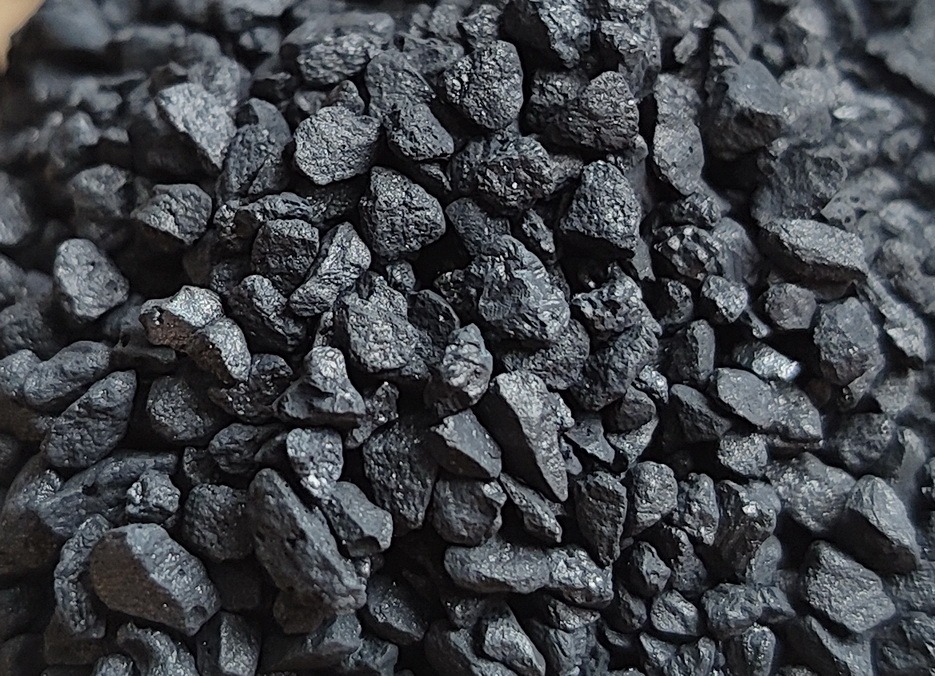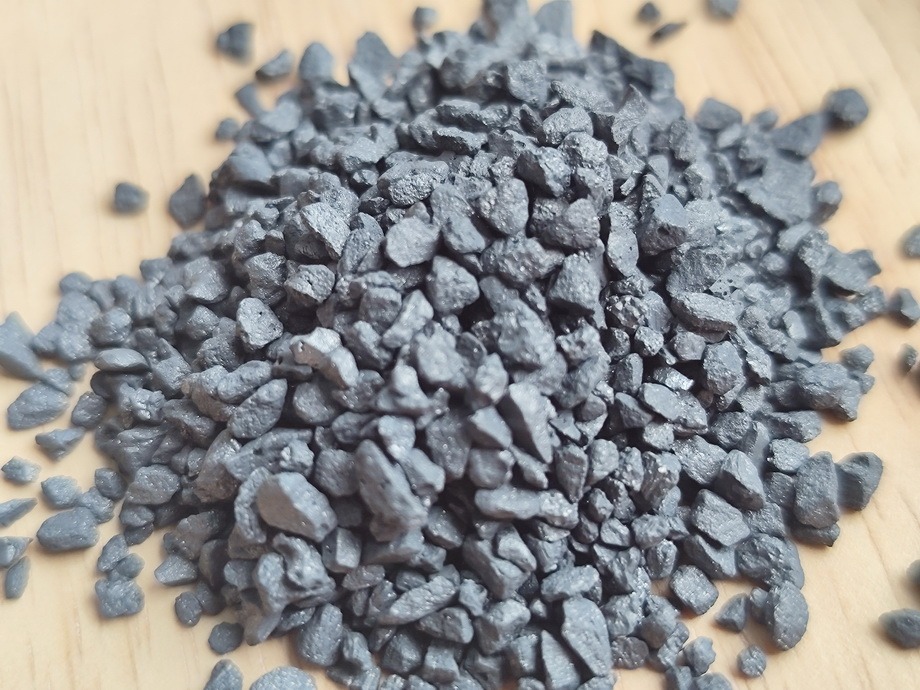


Many countries continue to research new energy to replace natural gas and petroleum oil in order to match economic development. However, Synthetic catalysts are very important in this application and ZSM-5 zeolite is one of the catalysts additive materials, not natural zeolite.
Environmental concern has been driving the search for substitutes to fossil-based petroleum oil sources. Science Researchers have been pushing forward research to improve second-generation biodiesel production technology.
Castor Oil – Synthesis Production by Catalysts additive
We found various challenges emerge from using such feedstocks, such as transesterification reaction. For transesterification manufacturing, the higher moisture and free fatty acids of the precursor triglycerides are the major restraints and it brings the more unknown risk of processing.
The professional engineers of catalysts suggest that Ricinus oil can be exploited effectively by the correct use of a heterogeneous catalyst capable of maintaining high activity.
They show the development of lithium and tin oxide catalysts supported on mayenite (Ca12Al14O33) for the transesterification of Ricinus oil with methanol (CH3OH). The excellent quality of the Ricinus oil was established and obtained by carrying out a basic characterization procedure.
For instance, the Ricinus oil properties were assessed it was used for the transesterification reaction by catalysts synthesized with mixtures of Li2O, CaO, and SnO2 in different mass ratios.
The long effective and best performance for the binary mixtures was obtained with 70/30 and 90/10% wt of CaO/SnO2 mass ratios at a temperature of 60°C with a methanol to oil molar ratio of 12:1 and a catalyst load of 5% wt in respect to oil.
Furthermore, high-performance catalysts with Li2O and SnO2 were synthesized in mass ratios from 50/0 to 0/50% wt on a mesoporous mayenite.
The scientists scan electron microscopy (SEM) and use NH3-desorption, and N2-physisorption in order that the synthesized catalysts were obtained more analysis detail by surface characterization techniques. They also use a central composite design with a response surface methodology in order to optimize the yield.
The response surface methodology led to a maximum biodiesel yield of 85% with bare SnO2 on mayenite with 6% wt of a catalyst load in respect to oil, 60°C of a temperature, and 4:1 of a methanol to oil molar ratio. X-ray powder diffraction (XRD) and thermogravimetric analysis (TGA) were used to determine the state of the catalysts after carrying out the aging test of the catalysts in CH3OH. Fortunately, this technology of catalysts is a good solution by energy source.
Reference
- Ammonia synthesis catalyst is good and effective work in natural gas processing. The products include A110, A207, and A302. The stable quality was accepted by the petroleum company.
- ZSM-5 Zeolite is used as catalysts additive in energy processed.
- Research and Development of Catalysts with Pural SB powder and Molecular Zeolite
- Polymerization Catalysts Market to See 5.4% Annual Growth Through 2023
- Best Catalysts: Application of Pural SB Powder (Sasol Boehmite)
- Multiscale Dynamic Crosstalk Technology of Zeolite Catalysts in Methanol to Olefins Reaction
